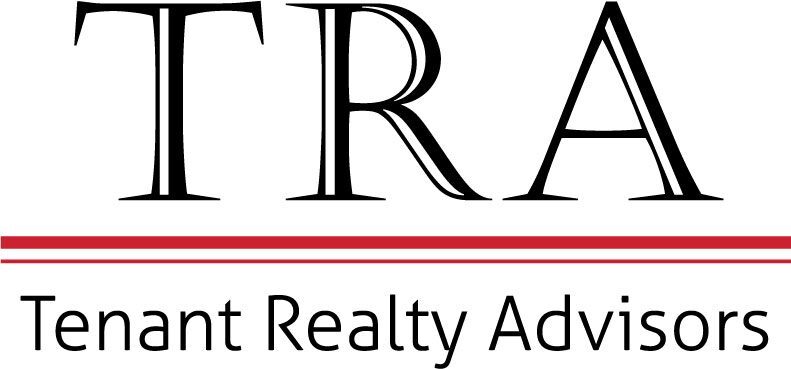In a real estate transaction, the agent has a fiduciary duty to his client. But what does that really mean?
In the world of commercial real estate, those of us who are involved in the leasing or selling of commercial space refer to ourselves as “agents”. Does taking the role of an “agent” create a fiduciary relationship between us and those principals? In other words, when does a person owe another a fiduciary duty? While many have tried to define the circumstances or relationships that warrant the imposition of fiduciary duties, few have completely captured the countless applications of true fiduciary duty. So I decided to do a bit of research on the topic. I came across a reference to the fiduciary relationship as “one of the most elusive concepts in Anglo-American law,” and another as “a concept in search of a principle.” While entertaining commentary, it still leaves a gap in answering the question.
